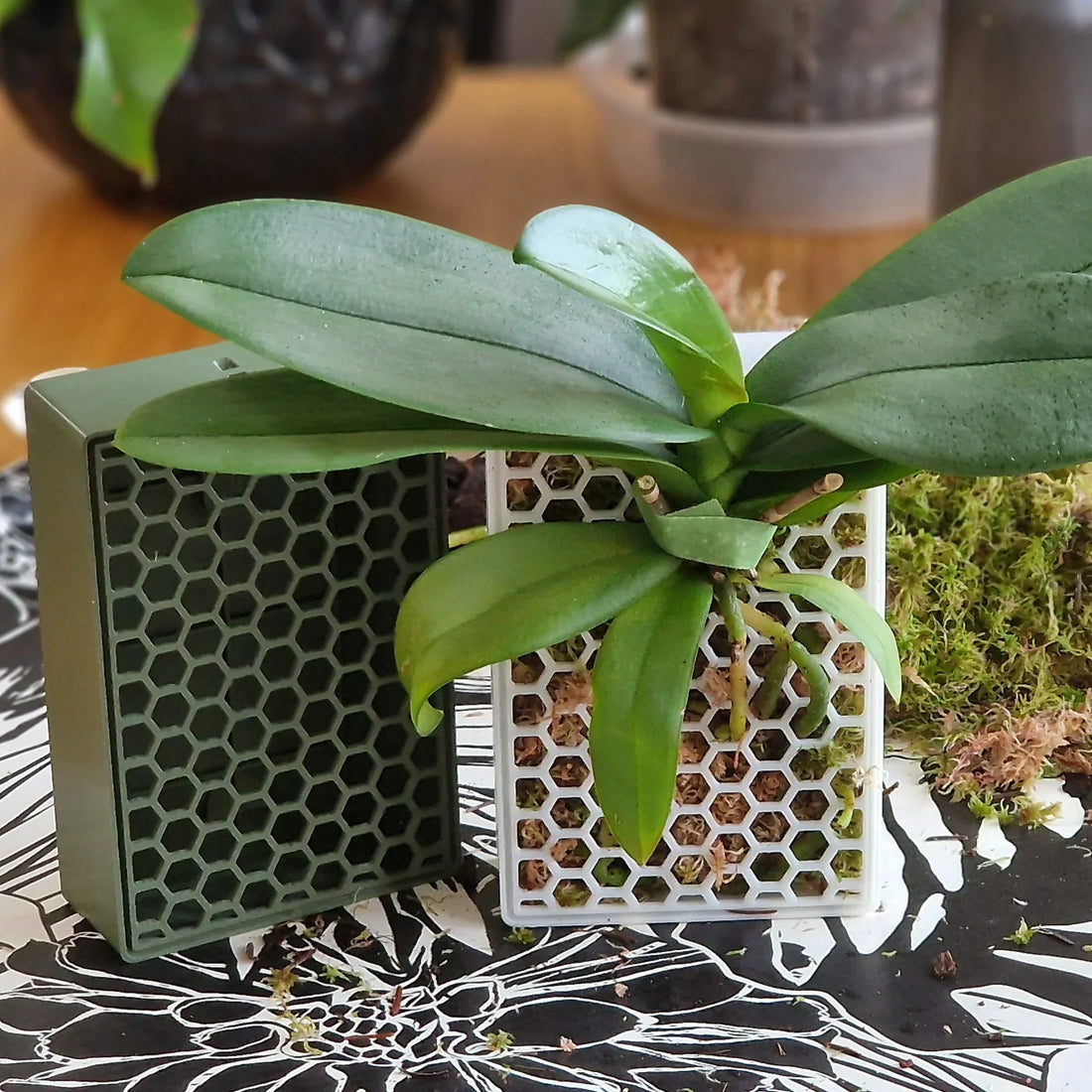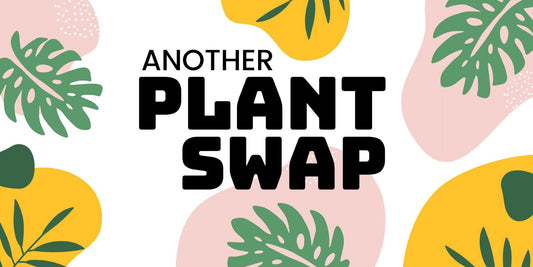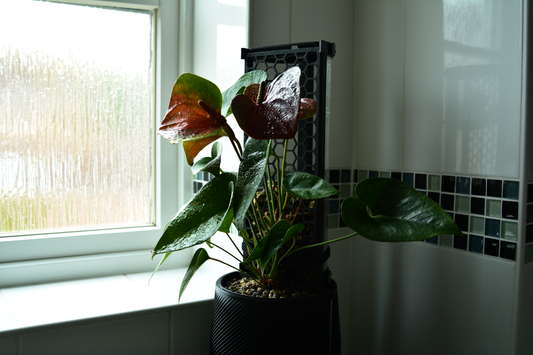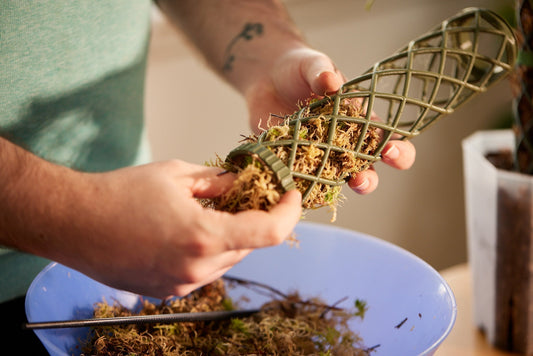
Meet Tupa: our mini moss habitat guide
Share
Have you met this lil cutie yet? We wanted to deep dive into why we created this little plant photo frame, the origins of the name 'Tupa', what the initial inspiration was, and how you can use the Tupa to mix up your indoor gardening game by experimenting with growing smaller and mid-size plants in moss and other substrates.
Perfect for anthuriums, orchids, substrate experimentation, compact indoor jungles, rented flats and apartments (and much more), here is how you can make the Tupa work for you!
Why we (you) designed the Tupa

The first Tupa prototypes came out of our M3D lab after testing out indoor gardening methods and seeing a gap in the market for a quality snap-together mini plant home. Though we love our moss poles, we wanted to give people the chance to create more versatile and creative indoor jungles.
As always, this product has been the result of many months of iterations and feedback from our lovely users, and we are so grateful to all of you for your plant knowledge and guidance!
What exactly is the Tupa?

Tupa is a lightweight versatile planter box that slides together with a snap. It is light-weight and easy to attach using Command strips to the wall (renter-friendly!).
You can fill it with any substrate of your choice and attach plants to the Tupa using a variety of methods (more about Tupa set-up below).
Tupa can be used upright, on the its side, and it is suitable as both a tabletop and wall hanging.
The story behind the name

The name ‘Tupa’ comes from Finnish. It is an older Finnish word that means a small dwelling/house/building/room. It evokes a cosy and compact space, which is what we wanted this product to be. It also pairs well with Koto, our larger moss habitat, which is a Finnish word that means dwelling too.
Designed to be versatile: moss wall frame vs tabletop mini moss garden

The great thing about the Tupa is that you can use it in many ways, and that’s how we designed it! Hang a Staghorn on your wall, sit a collection of orchids on your bookshelf, or display your favourite crawlers in the centre of your table - the possibilities are limitless.
Moss wall frame

We wanted to make something light and renter-friendly that you can easily hang on the wall using Command strips. This makes it easy to position your plants near light sources, and you can create your own living art on your walls. You can even use fishing line to create an invisible hanger.
Moss gardens for small spaces

The Tupa also works as a standalone piece on a table, shelf etc. The way it is designed means that it can lay flat or stand up, so it can act as a photoframe or mini garden, depending on your preference.
Substrates and plants suitable for Tupa
What to plant in a Tupa? Even though we love growing in sphagnum moss (and the Tupa definitely still works for that), the Tupa is also a great home for bark, making it a good match for orchids.

Good plants for your Tupa:
- Orchids
- Staghorn ferns (larger ones might be a better fit for the larger Koto)
- Anthuriums
Substrates:
- Sphagnum moss
- Bark
- Perlite or LECA balls mix
- Combination of bark, moss, etc – mix up your own to match your plant.
Using the Tupa: Tupa tips

- The front mesh allows the roots of your plant to be teased through, while the back glides open to make filling the Tupa with moss and/or your chunky substrate easy.
- The frame can be hung on the wall, dangled by a thin line, or sit on its little feet on any surface.
- Use the notches on the side to weave fishing line while fastening your plant.
Watering the Tupa
It's pretty intuitive, a short soak in water with a bit of plant feed, then a long drain before it's ready to hang back on the command strip hook in its spot in the sun.
Make sure you allow excess water to drain after hydrating your moss, to prevent accidental water damage to your surroundings, as the product is not water-tight. Hydrated moss provides a rise in humidity to its environment, something to keep in mind when selecting a display location.
Orchid Tupa pot up video



